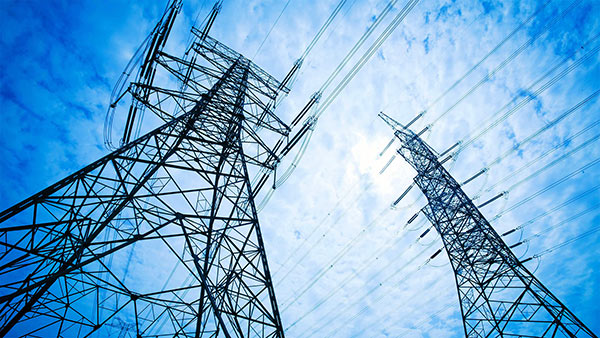CEB’s low cost generation plan comes under fire

The Least Cost Long Term Generation Expansion Plan (LCLTGP) 2018-2037 proposed by the Ceylon Electricity Board (CEB) came under strong scrutiny at its public consultations yesterday as the government body, Strategic Enterprise Management (SEMA) stated that the Plan was not in line with the policy of the government.
“The President has made it clear that the government is aiming at 60 percent of the energy mix to be renewables by 2020 and 70 percent by 2030. How can we achieve this if the CEB’s plan only speaks of 35 percent renewable by 2030 and 31 percent by 2037?”, asked SEMA Chairman, Ashoka Abeygunawardana making his submission on the report at BMICH yesterday.
“The CEB’s Plan does not agree with the policy of the government. They have considered renewables as a burden and set a quota for renewables as an afterthought”, he added as he stressed that the government’s policy had no place for more coal power plants despite the CEB insisting on it,” Abeygunawardana said.
He stressed that the CEB needed to take into consideration climate change challenges when proposing their energy mix.
“According to CEB statistics wind power is the cheapest but they say it is not optimal as it cannot be stored. When storage costs are added to renewables, their costs are higher than that of coal. But they have not taken into account the cost of building pump storage plants for coal. There are problems with these numbers”, alleged Abeygunawardana.
The CEB in the meantime is faced with its own challenges of trying to ensure a stable power supply in the near future and to avoid a possible power crisis soon if they do not get to implement the LCLTGEP. The LCLTGEP states that Sri Lanka recorded a 2353MW of maximum demand in 2016 while generating a total of 14250GWh. The generation demand is expected to grow 5.9 percent per annum from 2018-2022.
They also stress that the grid should have an installed capacity of 4269MW by the beginning of 2018 and 10783 MW by the end of 2037. Their proposed energy mix for the next 20 years consists of major hydro, coal, pump storage hydro, combined cycle, oil and gas turbines.
In addition by 2018, they plan to add 15MW of mini hydro power, 160MW of solar power 5MW of biomass, 320MW of oil based power to the nation grid by 2018.
The Plan would also require an investment of USD 14.568 billion in the next 20 years to be fully implemented. They also observe that if 2938MW of renewable energy capacity is developed, this could avoid the construction of 900MW coal power. The CEB has noted that coal as base power would be more reliable and cheaper than renewables at present but would amend their mix as technology for renewables improves.
The presence of coal in the Plan however has made it difficult for the Public Utilities Commission of Sri Lanka (PUCSL) to approve it. “The PUCSL has asked that the CEB to re-submit their report in line with government policy but then they return with the same thing. In the meantime, we just waste time and neither coal nor renewable energy power plants are made. And as a result we build more and more diesel power plants as a temporary measure. I suspect the oil mafia to be behind this”, said Abeygunawardana.
He asked that the CEB alone not be allowed to make the plan and that the PUCSL get the assistance of economists, sociologists and environmentalists to make a better plan.
“The CEB is to take into account the public consultations and resubmit the plan by 7 July, said PUCSL Director General Damitha Kumarasinghe and thereafter they would announce their decision on the plan on July 20.
The CEB cannot implement the Plan without the approval of the PUCSL and delays will further exacerbate the power crisis.
(Source: Daily News – By Zahra Imtiaz)

Latest Headlines in Sri Lanka
- UN pledges support for Sri Lanka’s industrial and SME development March 13, 2025
- Former Boossa Prison Superintendent shot dead in Akmeemana March 13, 2025
- Police search Sagala Ratnayaka’s residence amid hunt for IGP Deshabandu Tennakoon March 13, 2025
- Another Middeniya triple murder suspect arrested at BIA while fleeing March 13, 2025
- Court of Appeal to rule on IGP Tennakoon’s arrest warrant on March 17, 2025 March 12, 2025


